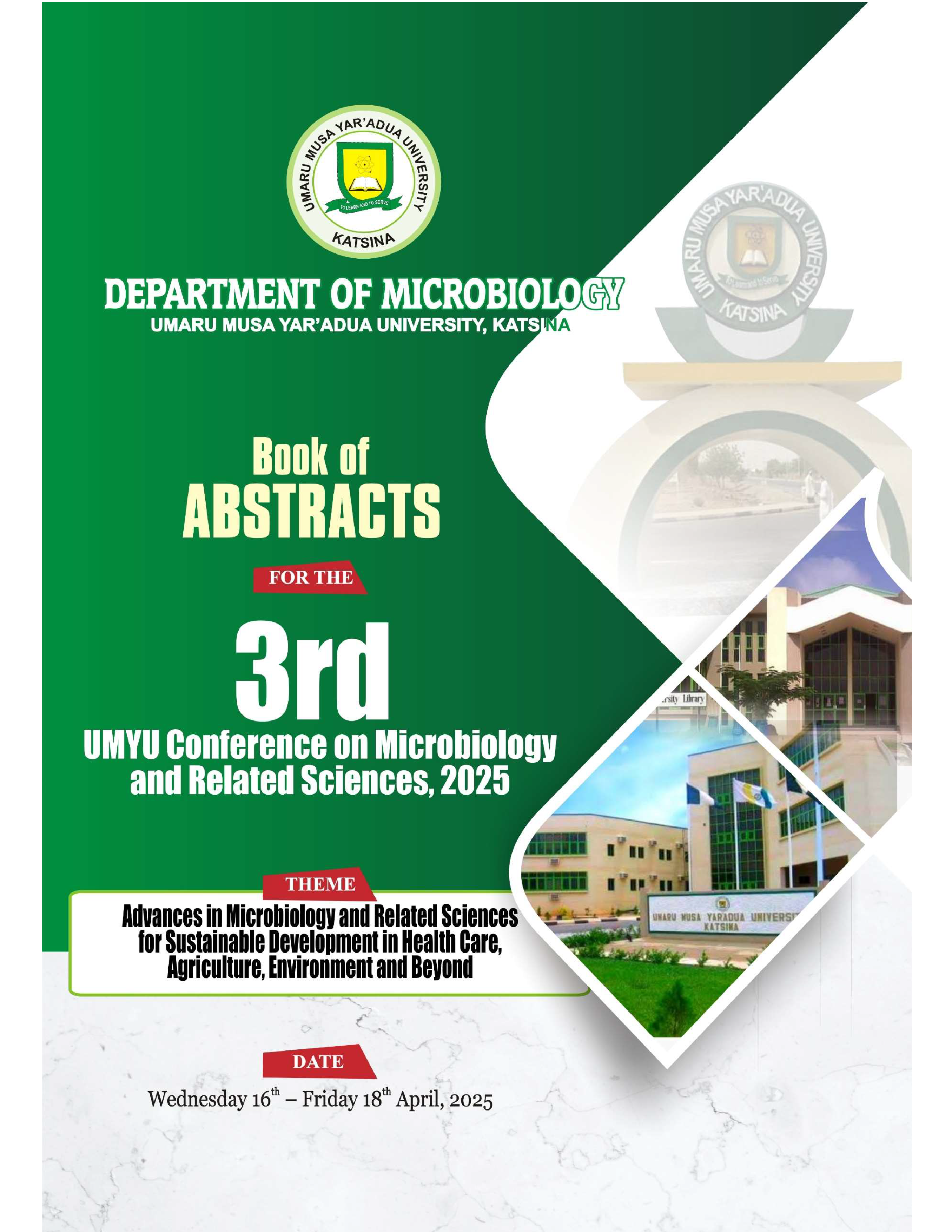Screening for Hepatitis B Virus (Hbv) Serological Markers and Hbv Viral Load among Women Receiving Highly Active Antiretroviral Therapy (HAART) and their Exposed Infants Attending some Selected Hospitals in Katsina Metropolis, Nigeria
Keywords:
Keywords: Hepatitis B Virus infection; HIV-Infected Mother-infant pair; highly active antiretroviral therapy; Serological markers, HBV DNA viral loadAbstract
Hepatitis B is one of the most common infectious diseases in the world and a major health problem. Mother to child transmission of Hepatitis B virus (HBV) is responsible for more than one third of chronic HBV infections globally. The study aimed to determine the prevalence of HBV infection among women receiving highly active antiretroviral therapy (HAART) and their exposed infants in some hospitals in Katsina metropolis, Nigeria. Blood samples were collected from 182 consenting mothers receiving HAART and 182 samples from their infants. The collected blood samples were screened for HBsAg using Seven Grace rapid test strip. The positive samples were further screened for other HBV serological markers and subjected to real-time PCR (qPCR) for HBV DNA viral load. The prevalence of HBsAg was 5.5% and 0.0% among the women receiving HAART and their infants respectively. The prevalence of other serological markers among the HBsAg positive women receiving HAART had indicated that none were positive for HBsAb and HBeAg, however, 40.0% were positive for HBeAb and 90.0% for HBcAb. The HBV DNA was only detected in 2 of the 10samples of HBsAg positive women receiving HAART with low viral load of 1.54×103 and 5.28×103 copies/ml. There was no significant association between all the socio-demographic and risk factors studied and the HBV infections. The result obtained from this study revealed that, none of the infants acquired HBV infection from their mothers through vertical transmission. It is strongly linked to the low HBV viral load and HBeAg negative status of the mothers. The HAART regimen received by HBV positive women might have caused the negative status of HBeAg and the suppression of HBV DNA load. Thus, it might have decreased the chances of spread of the infections to their infants underscoring the importance of HAART.
Published
How to Cite
Issue
Section
License
Copyright (c) 2025 UMYU Conference of Microbiology and Related Sciences

This work is licensed under a Creative Commons Attribution-NonCommercial 4.0 International License.


